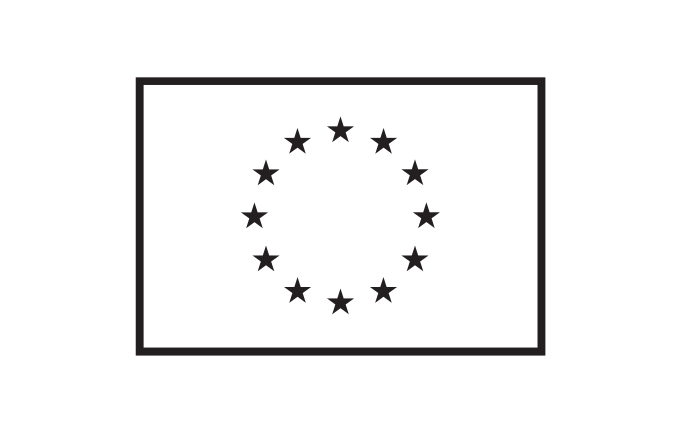Prof. MD PhD
Department of Immunology, Oslo University Hospital and University of Olso, Norway
A primary research goal for the Norwegian Complement Research Group (NCRG), led by professor Mollnes, is to elucidate the role of complement as a primary inducer of the inflammatory reaction and thereby form a basis for a future therapeutic approach in complement-mediated disease processes.
For this purpose we have developed novel assays for detection and quantification of complement activation products based on monoclonal antibodies to activation dependent epitopes on a number of complement components; the most important one being the assay for the terminal C5b-9 complement complex (TCC). This antibody can detect TCC in its two different form: the soluble sC5b-9 that can be quantified in plasma and other body fluids, and the C5b-9 inserted into membranes as the membrane attack complex (MAC) can be detected on cells and in tissues. This and several other assays are used to detect complement activation experimentally and clinically, and to evaluate the effect of various complement inhibitors in experimental models. In a human whole blood model, developed in our laboratory, where all potential inflammatory mediators are able to interact mutually, we are currently studying the effect of complement inhibition on a number of arms of the inflammatory network.
Current experimental in vitro and animal protocols, as well as clinical studies, focus on inflammatory diseases with emphasize on ischemia-reperfusion injury, transplant rejection, sepsis and inflammatory response syndrome, and biocompatibility of medical devices. Based on the cross-talk between complement and the Toll-like receptor system, the group has put forward a hypothesis of combined inhibition of complement and CD14 as a therapeutic approach to attenuate the inflammatory reaction induced by danger signaling both from external (PAMPs) and internal (DAMPs) ligands, leading to sterile or non-sterile inflammation. A close cross-talk also exists between complement and the hemostaic systems and the leads to a condition termed thromboinflammation, which is an increasingly important topic for the NCRG.
Mollnes TE, Brekke OL, Fung M, Fure H, Christiansen D, Bergseth B, Videm V, Lappegård KT, Köhl J, Lambris J. Essential role of the C5a receptor in E. coli-induced oxidative burst and phagocytosis revealed by a novel lepirudin-based human whole blood model of inflammation. Blood 100:1869-1877 (2002).
Fiane AE, Videm V, Lingaas PS, Heggelund L, Nielsen EW, Geiran OR, Fung M, Mollnes TE. Mechanism of complement activation and its role in the inflammatory response following thoraco-abdominal aortic aneurysm repair. Circulation 108:849-856 (2003).
Sprong T, Brandtzaeg P, Fung M, Pharo A, Høiby AE, Michaelsen T, Aase A, van der Meer JWM, van Deuren M, Mollnes TE. Inhibition of C5a-induced inflammation with preserved C5b-9-mediated bactericidal activity in a human whole blood model of meningococcal sepsis. Blood 102:3702-3710 (2003).
Fiane AE, Ueland T, Simonsen S, Scott H, Endresen K, Gullestad L, Geiran OR, Haraldsen G, Heggelund L, Andreassen AK, Wergeland R, Frøland SS, Aukrust P, Mollnes TE. Low mannose-binding lectin and increased complement activation correlate to allograft vasculopathy, ischemia and rejection after human heart transplantation. Eur Heart J 26:1660-1665 (2005).
Lappegård KT, Christiansen D, Pharo A, Thorgersen EB, Hellerud BC, Lindstad J, Nielsen EW, Bergseth G, Fadnes D, Abrahamsen TG, Høiby EA, Schejbel L, Garred P, Lambris JD, Harboe M, Mollnes TE. Human genetic deficiencies reveal the roles of complement in the inflammatory network: lessons from nature. Proc Natl Acad Sci USA 106:15861-15866 (2009).
Wibroe P, Anselmo AC, Nilsson PH, Gupta V, Urbanics R, Szebeni J, Hunter C, Mitragotri S, Mollnes TE, Moghimi SM. Bypassing adverse injection reactions to nanoparticles through shape modification and attachment to erythrocytes. Nat Nanotechnol 12(6):589-594 (2017).
PROGRAMME SPEAKER
Reinhard Würzner, M.D., Ph.D.
Schöpfstraße 41
A-6020 Innsbruck
Imprint
This project has received funding from the European Union's Horizon 2020 research and innovation programme under grant agreement No 860044






